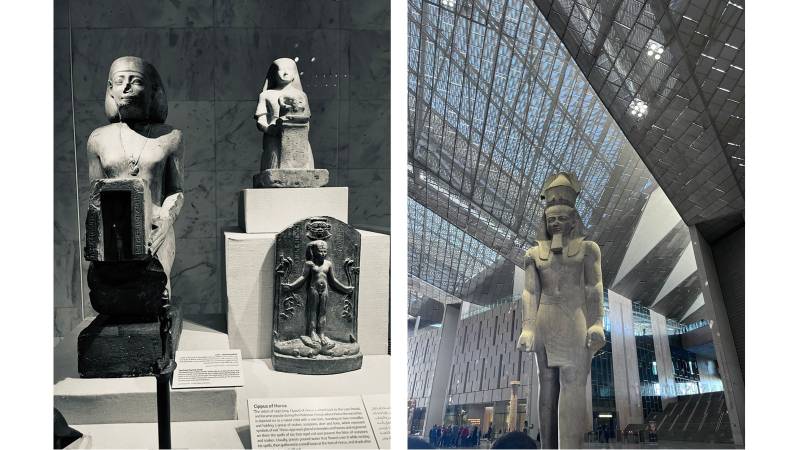
This month I visited museums in Cairo, Doha and closer to home in Karachi. Each was a unique experience. Together, they made me rethink the importance that museums play in our cultural lives. They not only show case the past, connect it to the present, but offer a portal into the future. Museums have long been seen as escapes from rainy days or a distraction for the culturally elite, or as a repository of learning. In the 21st century, museums have shed their mustiness and modernised themselves. The best of them are now interactive spaces allowing visitors to immerse themselves into a radial experience.
Undoubtedly, the grandest of them is the new Grand Egyptian Museum, which will open to the public later this year. Conceptualised over two decades ago in 2003, many architectural firms competed for its design. The project has taken over a decade to reach partial completion and almost a billion dollars to build. It is deliberately the modern equivalent of the trinity of ancient pyramids nearby. The GEM is a huge glass and cement structure with floor to ceiling windows that span over 100 feet with a birds eye view over Giza to the pyramid necropolis. It is set in the new administrative capital of Cairo. Spread over 500,000 square meters, it will in time also house the Tutankhamen exhibit as well as the 5000 artefacts that were uncovered from his tomb in 1917.
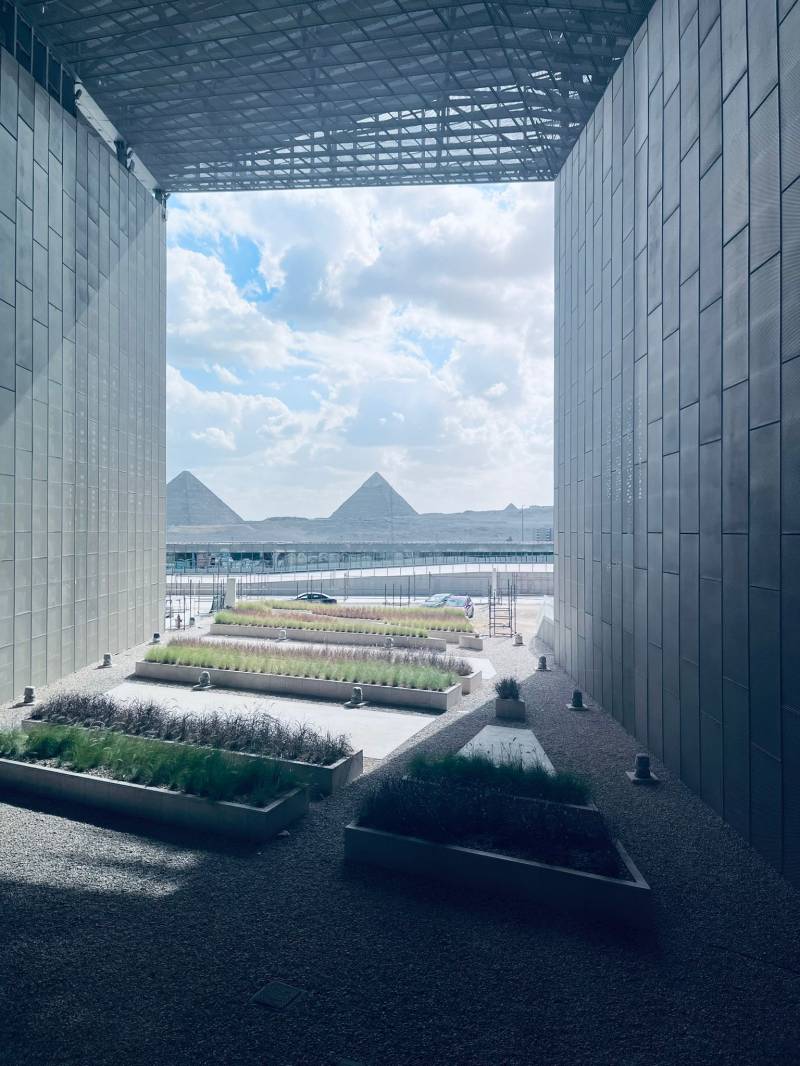
In an open atrium, one is welcomed by a huge statue of Ramses II. For years, he stood at a prominent cross roads of a dusty and increasingly air polluted square in Cairo. Moving him was no mean feat. The plan, begun in 2002, involved shifting two tons of solid granite. Ramses deserved extraordinary attention for he was no ordinary Pharoah. When he died at the age of almost 96, he had over 200 wives and concubines and had sired almost as many children , with 96 sons and 60 daughters. Who would have known that 3,000 years after his burial at Memphis, he would be holding court in the world’s largest museum of priceless antiquities. More than 5 million people are expected to visit the GEM. This should significantly soften the burden of the US$300 million loan the Egyptian Government has taken from the Government of Japan. The Museum is open to private viewings and will open in a grand way later this year. The design concept is fascinating. It is defined by a large stone facade that changes from day to night, and three visual axes, one for each pyramid in the backdrop. These axes split the building up into three main zones in which one can see the museum’s various programs. It is an awe inspiring experience befitting the grandness of the original Pyramids, which had been aligned to the stars above them. Visiting this was a surreal experience, particularly in the absence of crowds and our group could fully appreciate the architectural vision.
On the other side of town lies the Museum of Egyptian Civilisation which houses over 21 mummies of the grand pharaohs. These had been transported with great fanfare in a Golden Pharaohs Parade from the Cairo Museum in 2021 to their new home in the first Islamic capital of Egypt al Fustat.
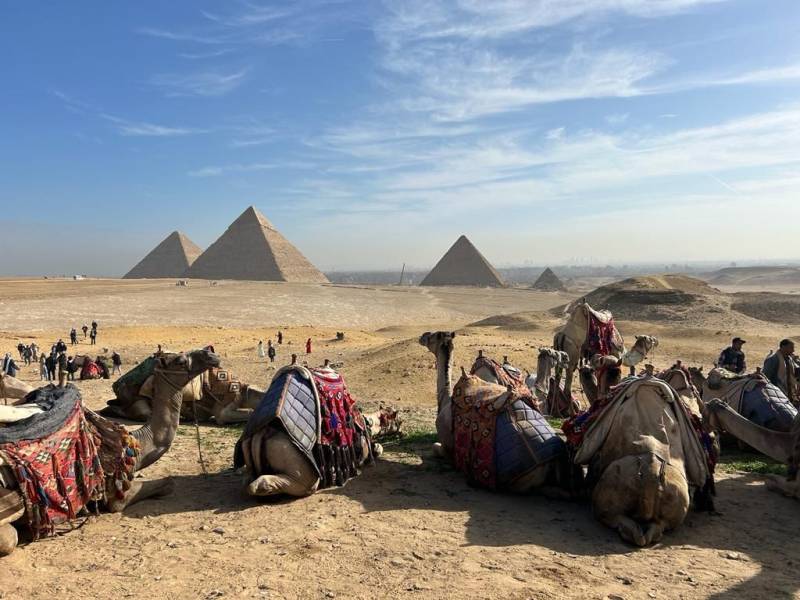
At the time, the Egyptian President El Sisi had offered an open invitation:
“I invite all Egyptians and the whole world to follow this unrivalled event – evoking the spirit of the great ancestors who preserved the homeland and created a civilisation in which all humanity takes pride – to keep on our path that we have started: the path of construction and humanity.”
The parade was saluted by 21-gun salutes and joined by a military band. The mummies were transported on special decorated vehicles with their names inscribed in ancient Egyptian hieroglyphs as well as in Arabic. It is certainly worth watching the spectacle online not only for its splendour but also as a mark of respect rulers can pay to their non Islamic past. This lineage is celebrated and revered in Egypt, a far cry from what is happening in the sub continent where leaders are in a race to erase pluralistic religious and secular identities and histories.
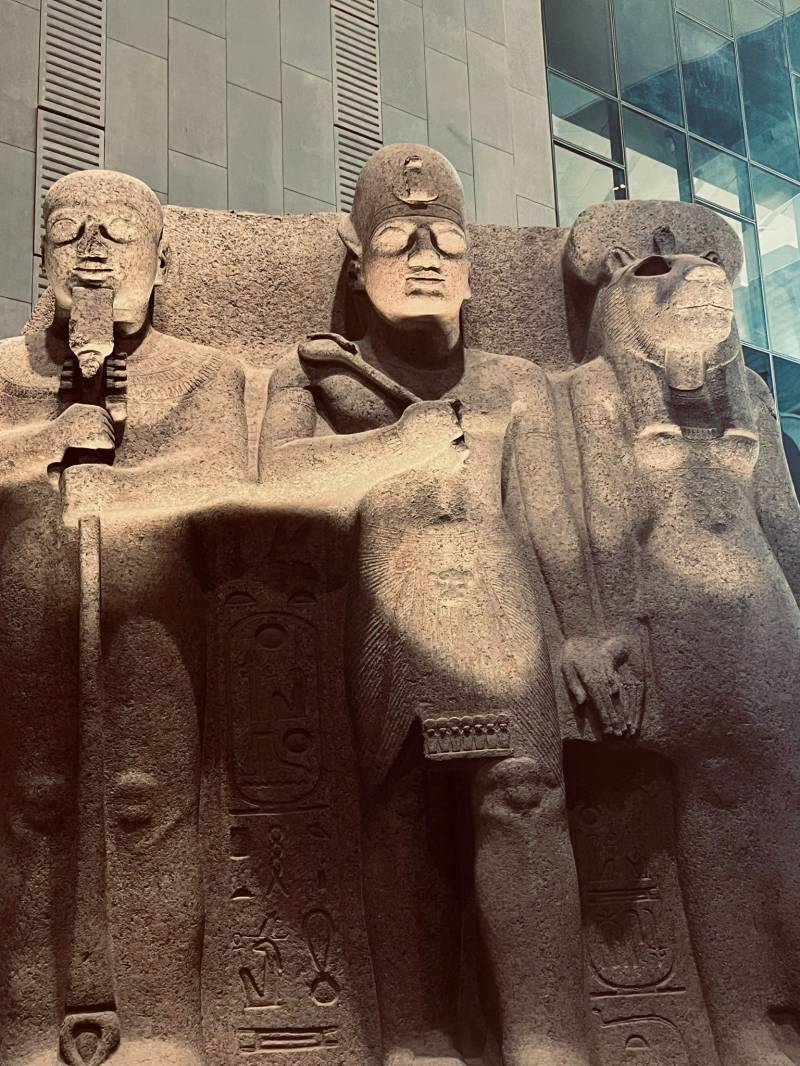
The royal kings moved included Ramses II, Seti I, Seqenenre, and Tuthmosis III, in addition to four queens: Ahmose-Nefertari, Tiye, Meritamun and Queen Hatshepsut. To pay homage to these ancient royals, we had to walk down a flight of stairs as if entering a dark tomb. The mummies were perfectly preserved. You can still see their teeth, finger and toes and in the case of the queens even their braided hair.
The conservation process was scientifically exact, placing each mummy in an oxygen-free, nitrogen capsule to counteract the danger of humidity. The capsules were pressure controlled and kept on soft materials to reduce vibrations during transportation.
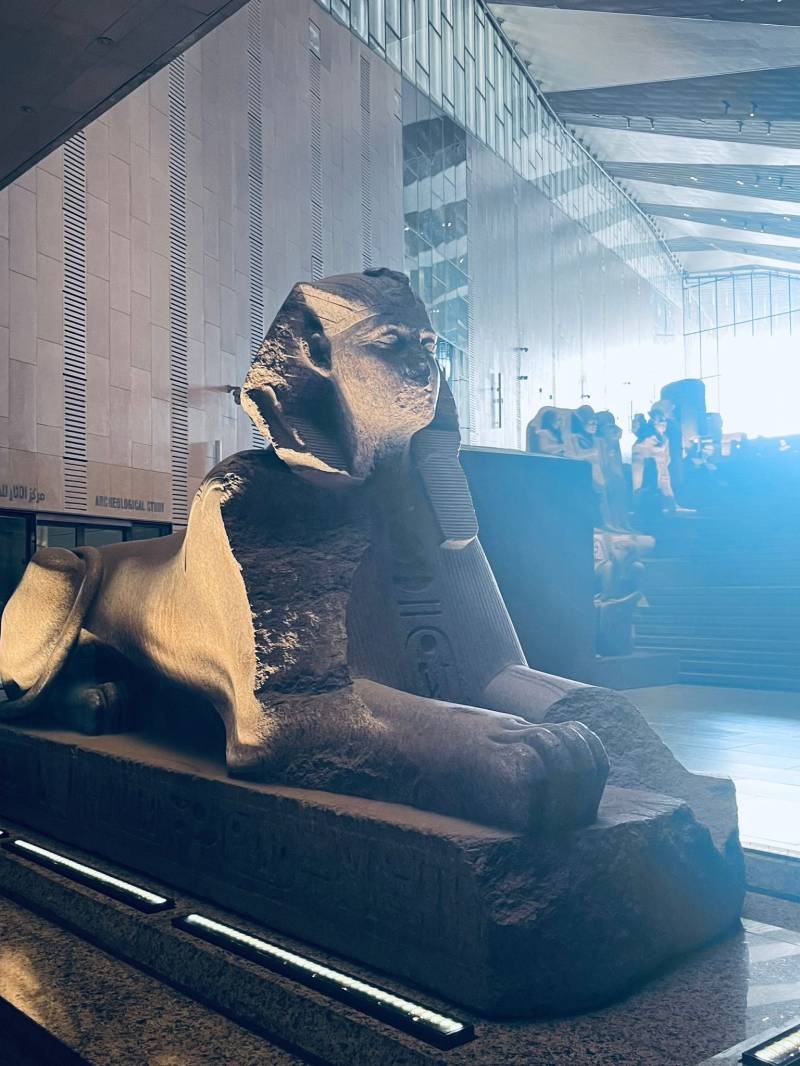
It certainly adds perspective to one’s own life – that one can see someone ‘s body from over 3,000 years ago, preserved for millennia. It takes a certain amount of ritual and planning oversight to be able to do that not for one generation but for eternity.
The Egyptians I met are justifiably proud of their heritage – the Museum showcases the pluralist history of Egypt including the Coptic Christian artefacts and Islamic history of the various mosques around the city.
History is preserved time, and time costs money. In their day, the pharaohs could command the wealth of their kingdoms. Today, they are being honoured with the best modern Egypt can offer them.

